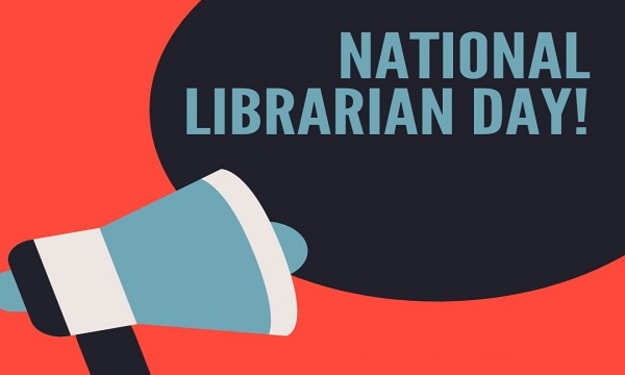Find your voice
encouragement for starting writers, hints and tips

Just starting out on Vocal? Have lots of things to say but do not know which community to add to? Not sure how to put your thoughts down on paper, or screen, in 600 words? Do not worry, all of us have been there. Here are a few hints, tips, and encouragement on how to get the bug and persevere.
The first and the best thing you can do is to look at the communities, see what others are writing about and how they put together their stories. read some of the articles that pique your interest, but do so with a critical eye. What drew you to this story? Was it the picture? Was it the small first few lines that are under the picture? the Title? the subtitle? How did the subject make you feel, or the article?
Once you start to see how these authors are constructing their article and grabbing your attention try writing a few yourself, but do it in Word or some other word processing software, first. I suggest also that you download the free app, Grammarly, it makes editing and composing a piece a lot easier, especially if like me you are mildly Dyslexic and tend to mistype some words. You may see in some of my pieces times when I have spelled "the"as teh, or times, when I have hit the space bar after the t instead of before the t, when using the word, and the t gets added to the last word. If this has got past me when reviewing it is usually when the program has missed it. So next tip, review, self-edit, and review again. ( must remember to do that).
Once you feel you have started to progress, use the Copy and paste function from Word. this means that you can type up the article in word. Copy it once edited, then when you open the compose a story on Vocal, just CTRL V in the part where you write the article, and there it is. But you MUST review it again. Sometimes the Vocal helper finds mistakes that Word or Grammarly did not, or highlights better word structures.
The MOST important parts of the article are in order. The Title. you have to think of something relevant, yet something that will GRAB the attention. of the browsers. Next is a close tie, The subheading. It must be a short, concise, well-aimed explanation of the gist of your article. something to reinforce the title's hit. And your first three lines. Why? because these are the ones that show under your post on the library page. the ones that people read to get an idea of what your article is about, and what it reads like.
To me, the first three lines are the most important. Once you have got the reader to this point this is your final chance to grasp their attention, to encourage them to come in.
For the article itself? I can give little better advice than what I was taught in teaching about the structure of a lesson.
1) the introduction Tell them what you are going to say.
In clear sentences, But in such a way that it leads them to want to know more. e.g. instead of " How to take better photographs!, say " ever looked at a photograph and wondered How they did that, or How can I do that? well, I am going to help you see how you can" the first may get attention, the second promises more.
2) The meat of the article, Tell them about the subject.
The first paragraph should expand on the second, building on the subject, explaining the past if necessary to lay the foundations for the rest of the subject, Use examples, use humour, ( and yes, I am a Brit, that is how we spell it!), read your work as if speaking and see if it sounds right.
Build up, then let down slowly. introduce the facts, expound on them then ease off.
3) The final paragraph, Tell them what you have told them.
Sounds redundant does it not? but if you have done your work then they have just read through a fair bit of information, and you get your chance here to hammer down the main point that you wanted to get across.
You can finish with humour, with a fact, even with a quote if you feel like it. But it should finalize the idea that you were trying to get across in the article.
So, you want to be a writer? then WRITE. you want to get your ideas and thoughts out to others, DO IT.
You should not be discouraged if at first you get few, if any, readers. After all who knows you? That is your next task. Reading the help pages to get ideas hints and tips on how to promote, sell, and gain followers for your articles.
Once you get the feel of things, once your words and ideas start to flow, to take life, you will find that the feeling of satisfaction when you have someone read your story is like nothing else you have done. Someone values your thoughts. And has invested their time to read them.
You have reached out, and touched, another soul.






Comments
There are no comments for this story
Be the first to respond and start the conversation.